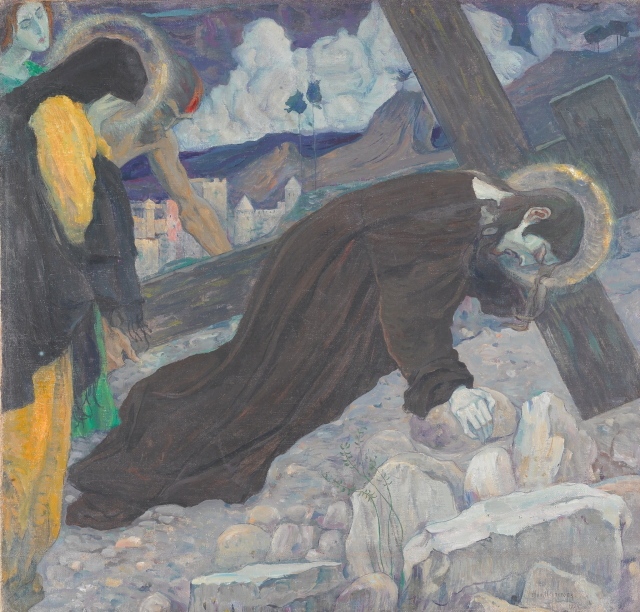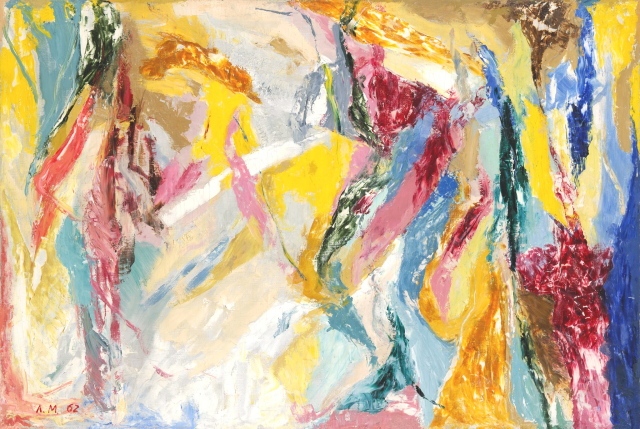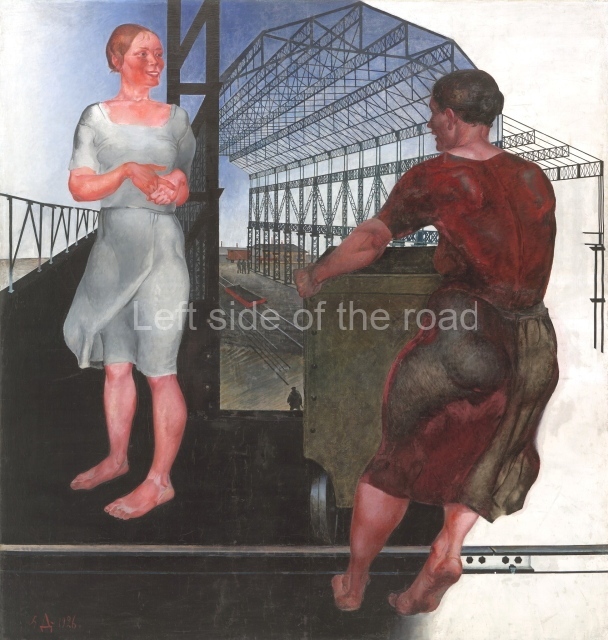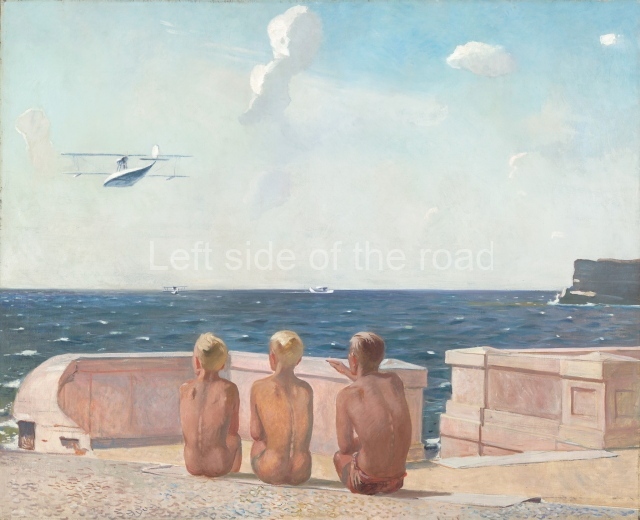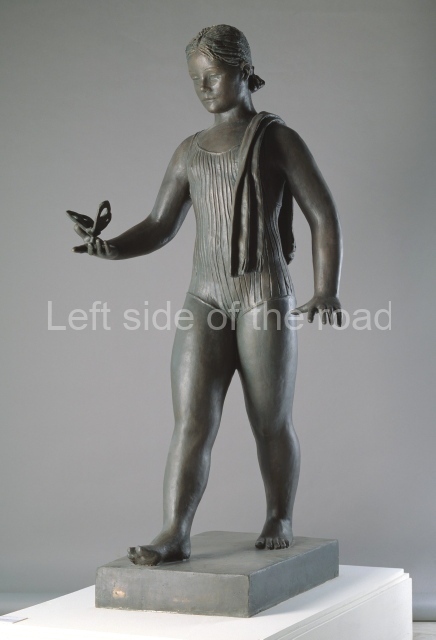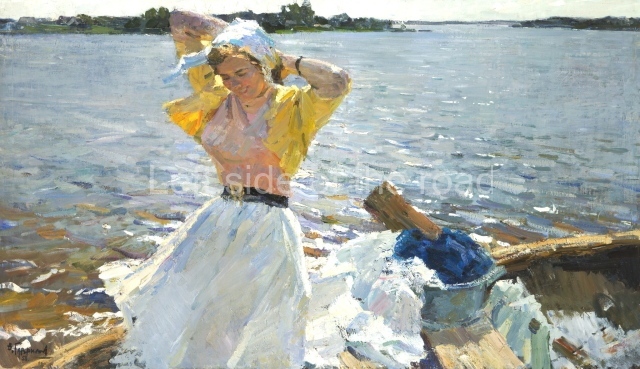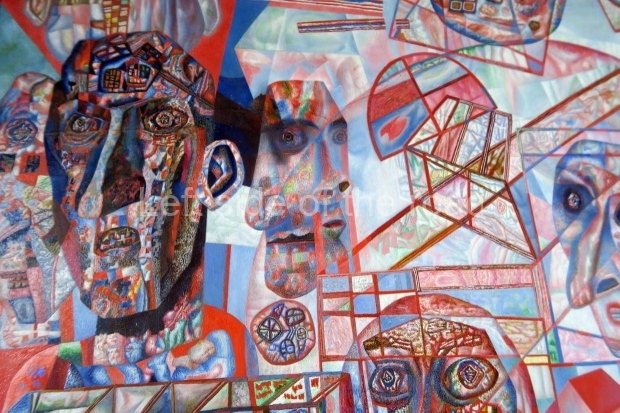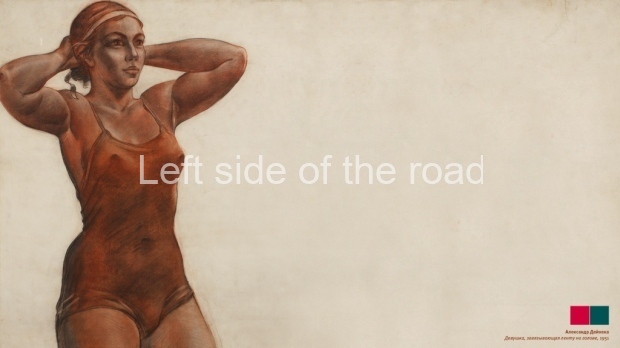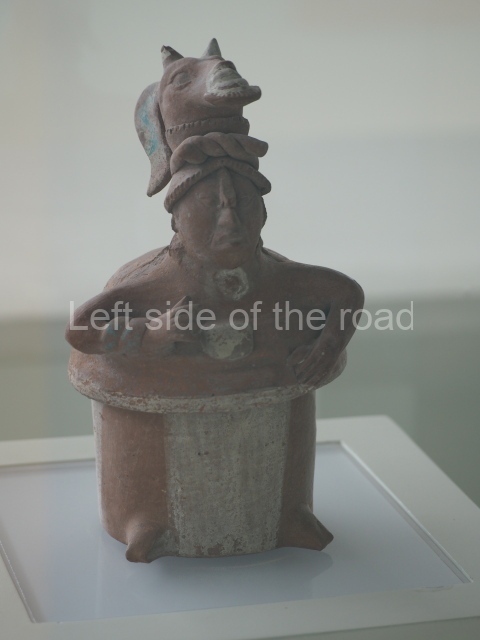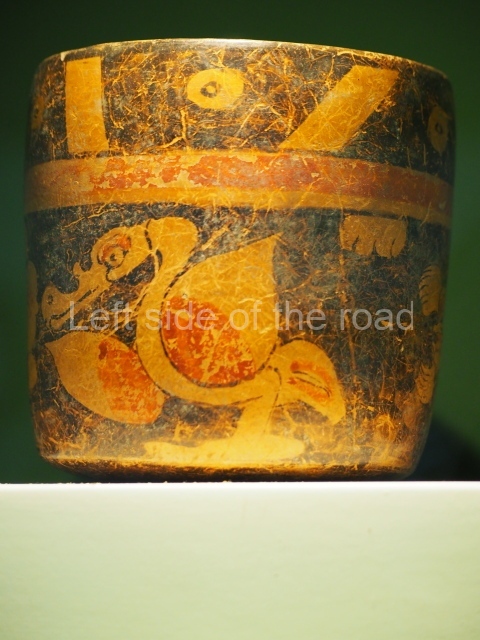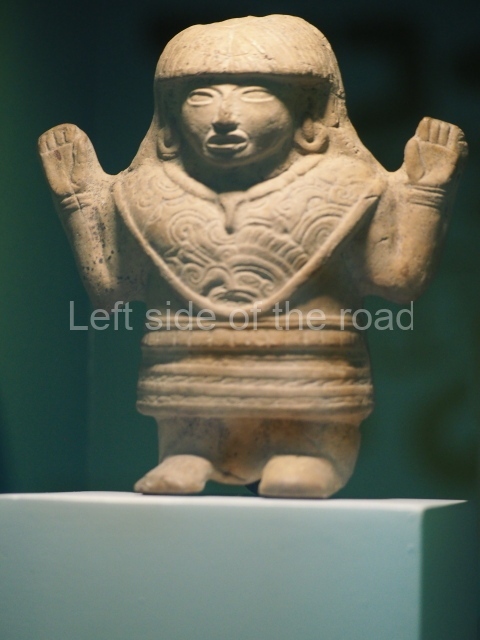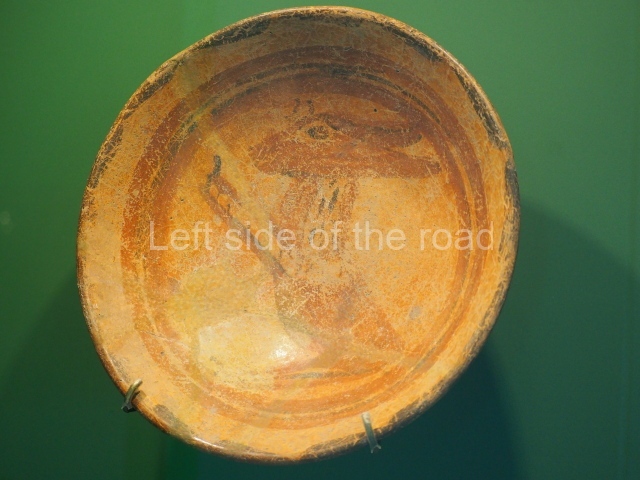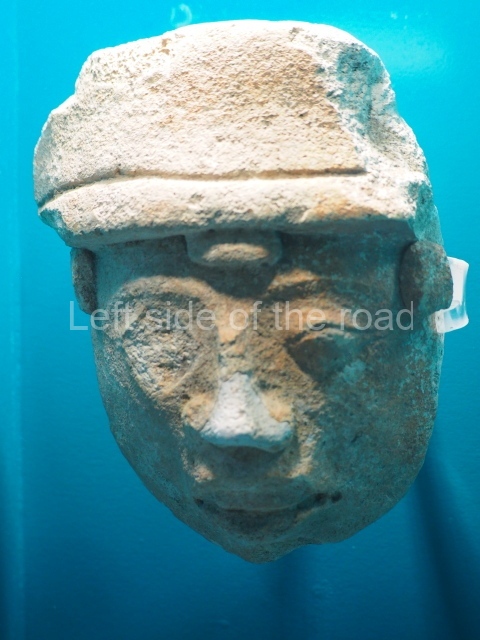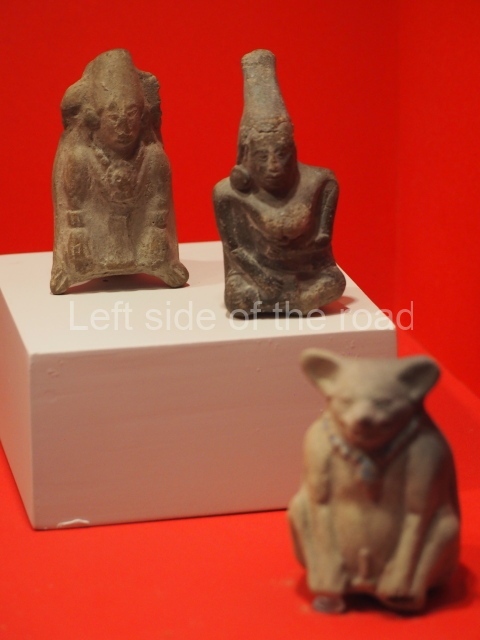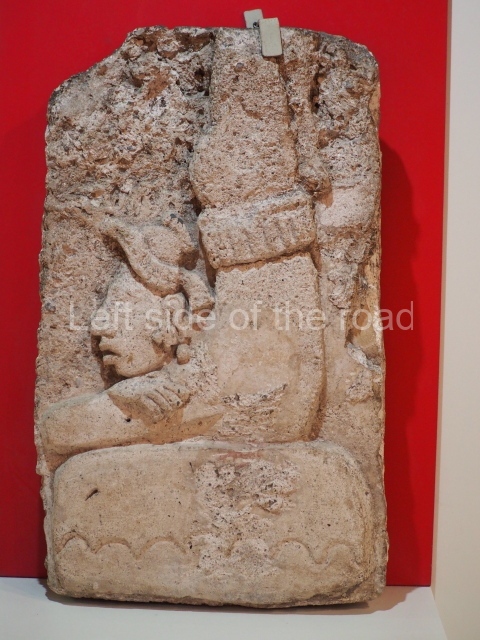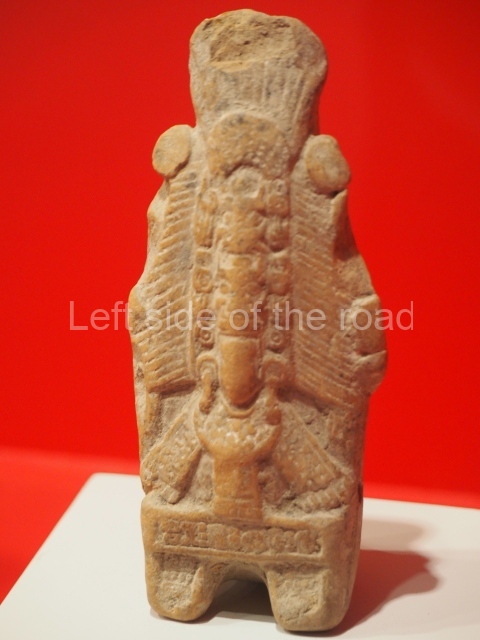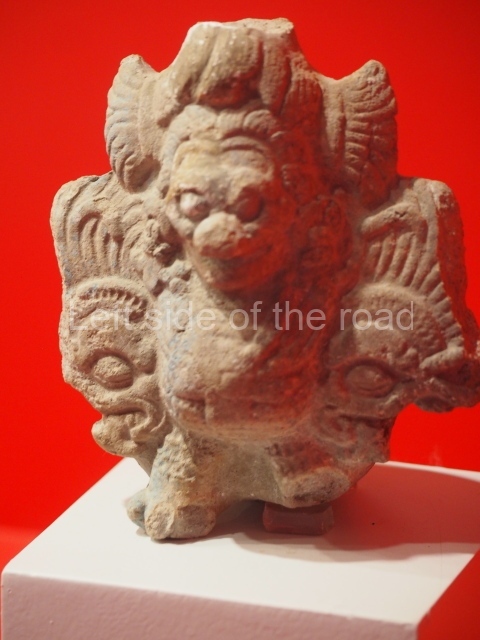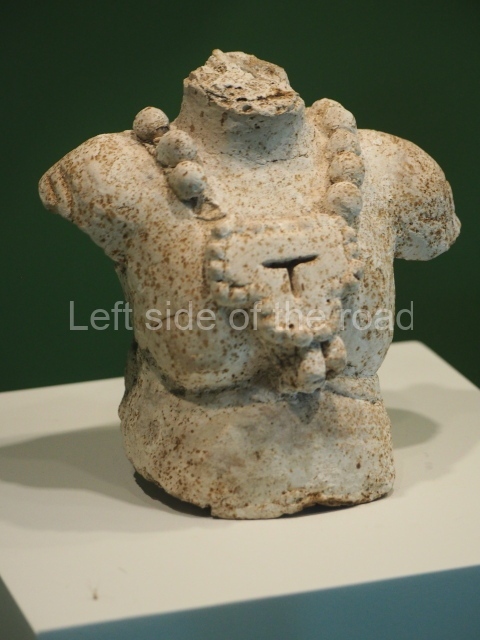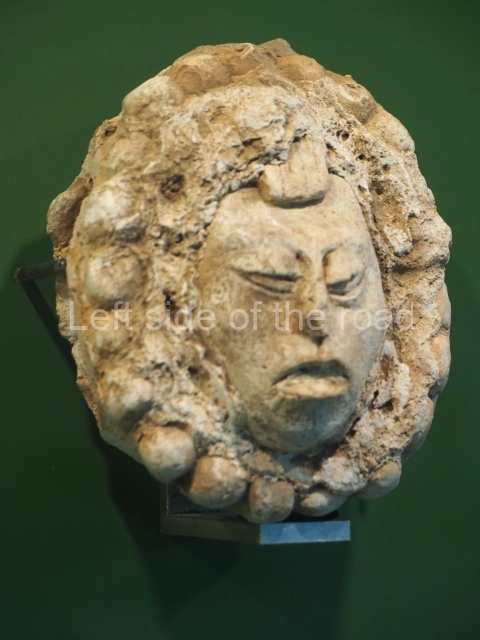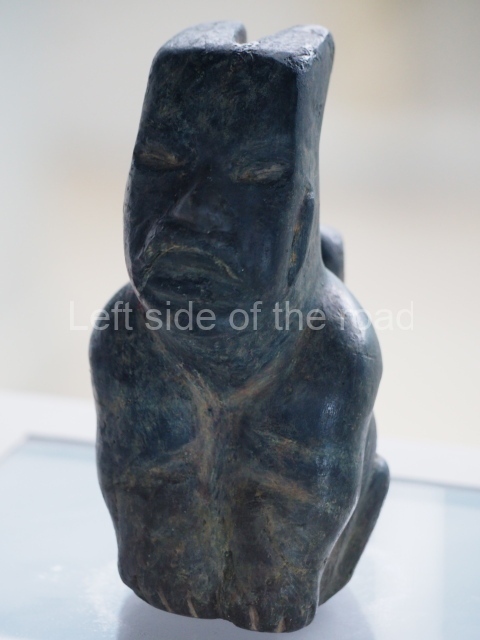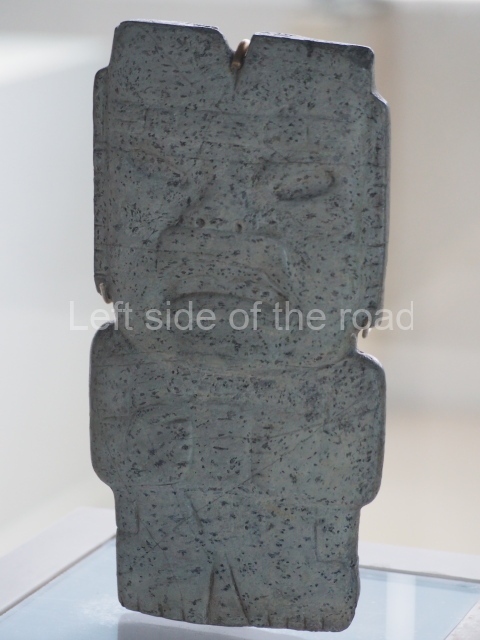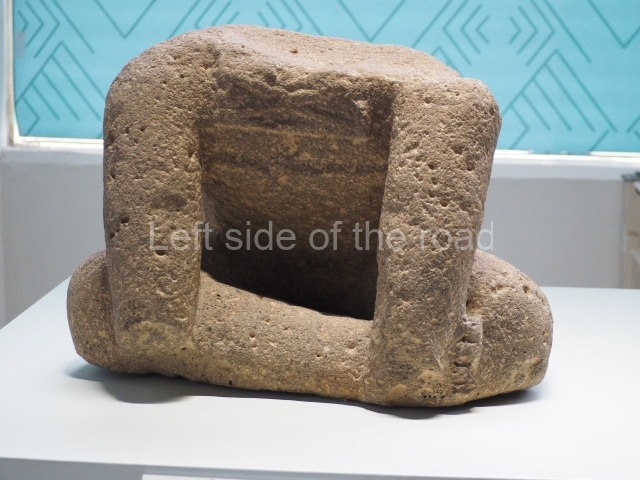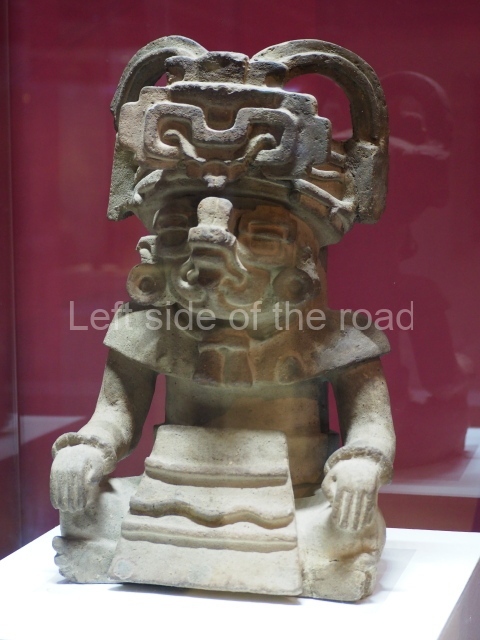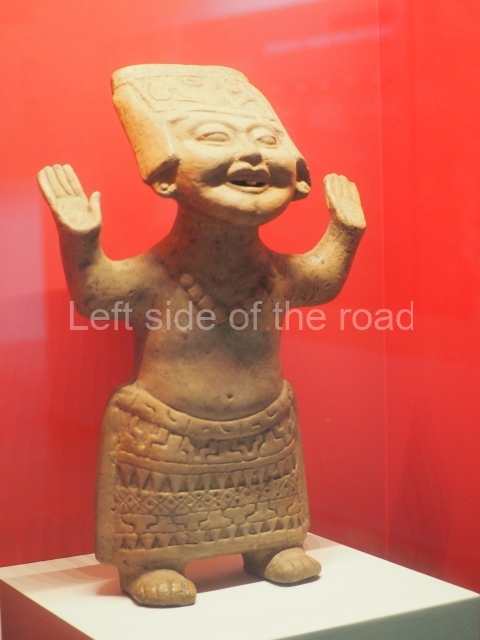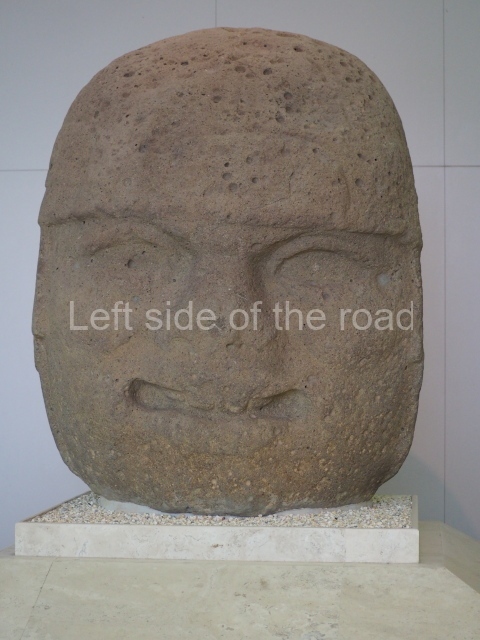New Tretyakov Gallery – Moscow
The New Tretyakov Gallery [not to be confused with the nearby Tretyakov Gallery which contains many Russian icons and pre-revolutionary Russian art] houses Russian works of art from the very last years of the 19th century, through the 20th and dipping its toes into the 21st.
The exhibition attempts to show how the Russian avant-garde was allowed to flourish with the success of the October Revolution in 1917 and how the artistic direction changed towards Socialist Realism from 1932 onwards. Once the Soviet Union fell apart in the early 1990s it also possible to see, in the few examples displayed, how art degenerated and reverted to an individualism that had no reference to the rest of society.
Under Socialism the production of artistic endeavours has to be different from what was the established norm for centuries and demands a new way of thinking with a move away from the patronage and individualism that has dominated artistic production in the past. Throughout history artists have worked for and lived at the whim of the rich and powerful and with the church, of whatever domination, also having a heavy hand in what was produced.
Whilst the Revolution removes those elements (although they are always struggling to regain their influence) it still struggles to find a new approach to the sponsorship of artists in all fields. Is a Socialist society to support all those who call themselves artists and allow them to do what they wish without any involvement of the rest of society? If so, everyone would want to be an ‘artist’. But if there is some structure in which artists work who, then, is to define it?
No Socialist society existed long enough for artists to be able to develop an art form that was free from the influences of thousands of years of oppressive and exploitative societies. This can be seen by the constant Judeo-Christian references in the works of various artists who were producing work during the Socialist period. It wasn’t their fault, such influences are ingrained and it would take many Cultural Revolutions to change the way of thinking and lead to the development of something completely new and free from the past.
The slide show below aims to show the development of the artistic movements throughout the 20th century taking into account the demands of the revolution and socialist construction. This collection is not about ‘art for arts sake’.
Related;
Socialist Realist Art in Albania
Museum of Socialist Art – Sofia, Bulgaria
Remnants of religious thinking in Albanian Socialist Art
The ‘Archive’ Exhibition at the Tirana Art Gallery
Socialist Realist Paintings and Sculptures in the National Art Gallery, Tirana
Location;
Ulitsa Krymsky Val 10, in Muzeon Art Park.
How to get there;
The park is across the bridge over the River Moskva from the Park Kultury metro station and beside the main road that leads past the Oktyabrskaya metro station in the direction of the river. The main entrance to Muzeon Art Park is directly opposite the main entrance to Gorky Park.
Metro station;
Either Park Kultury or Oktyabrskaya.
GPS;
55°44′4.29″N
37°36′17.51″E
Open;
10.00-18.00 Tuesday, Wednesday and Sunday
10.00-21.00 Thursday-Saturday
Closed Monday.
Entrance;
Adult – ₽ 600























































































































































































